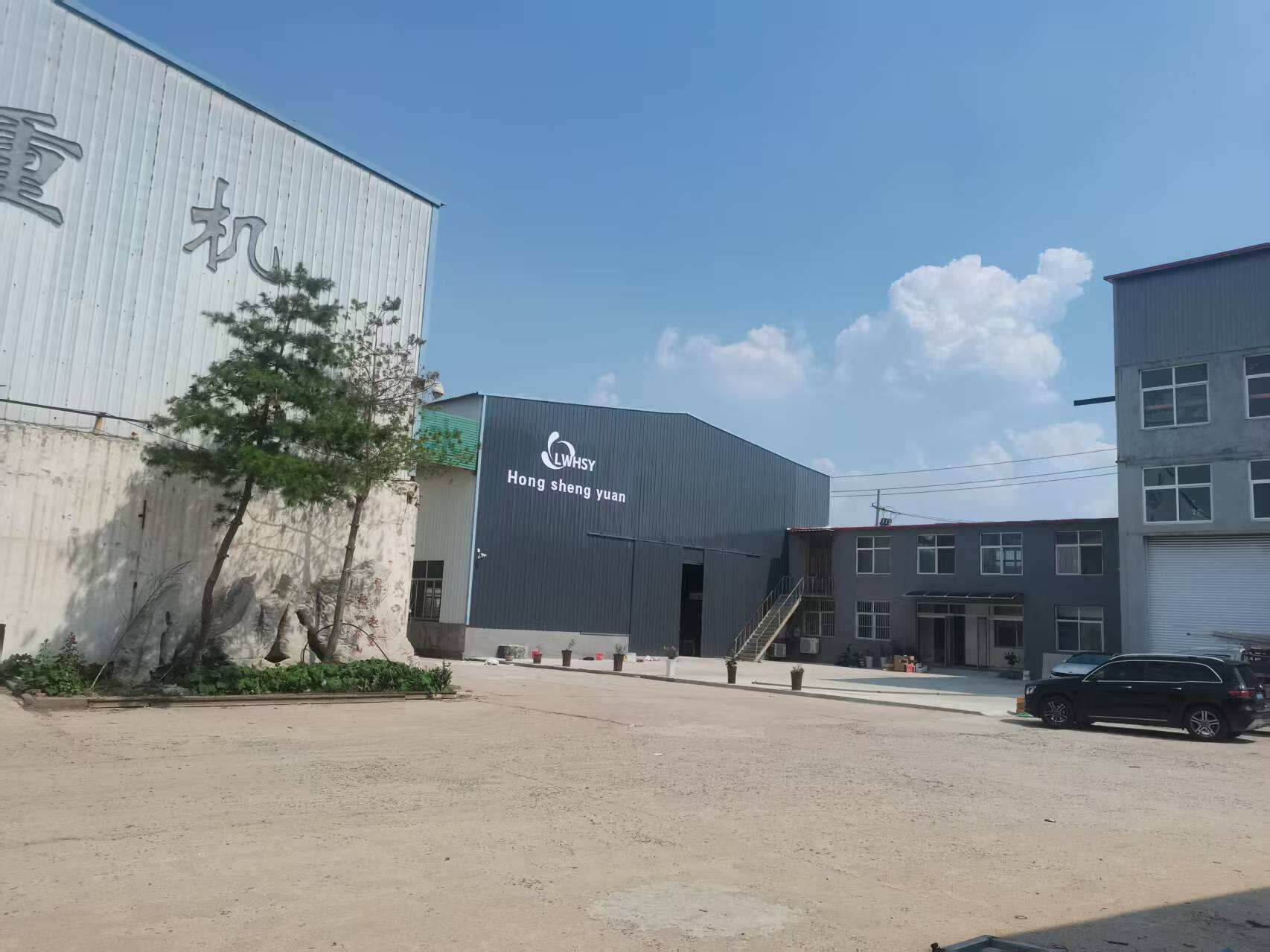Drip Irrigation Tape: The Core Technology Driving Efficient Water Conservation and Increased Yields in Modern Agriculture
Against the backdrop of increasingly scarce global water resources, achieving higher agricultural output with fewer resource inputs has become a critical challenge for every grower. Drip irrigation tape, as a precision irrigation technology, transcends its role as a simple watering tool. It has emerged as a core technological pillar for modern, efficient agriculture and sustainable water resource management. Its importance is profoundly reflected across multiple dimensions: water conservation, crop yield enhancement, cost control, and environmental sustainability.
First, the core value of drip irrigation tape lies in its unparalleled water use efficiency. Compared to traditional flood irrigation and sprinkler systems, drip tape delivers water and nutrients directly and uniformly to the root zone, minimizing evaporation and runoff losses. This “targeted irrigation” model maximizes water utilization efficiency, with proven water savings ranging from 30% to 70%. For regions facing water scarcity and growers committed to sustainable agriculture, this translates not only to direct reductions in water costs but also embodies a profound environmental responsibility.
Second, drip irrigation tape is key to maximizing crop yields and enhancing quality. Crop growth thrives on consistent moisture supply rather than fluctuating dry and wet conditions. Drip irrigation tape creates an optimal growing environment by delivering water and nutrients continuously and steadily. This stable hydration and fertilization promotes healthy root development, reduces physiological disorders caused by water stress, and significantly improves agricultural product yield, quality, and consistency. Ultimately, this delivers more substantial economic returns for growers.
From an economic perspective, drip irrigation tape also serves as a powerful tool for reducing operational costs and improving management efficiency. While requiring an initial investment, the long-term returns from drip irrigation systems are substantial. It drastically reduces the labor demands of manual watering, lowering labor costs. Simultaneously, reduced field humidity suppresses inter-row weed growth and significantly decreases the incidence of fungal diseases caused by leaf water accumulation, thereby reducing the use of herbicides and pesticides. This comprehensive suite of benefits collectively contributes to drip irrigation tape's rapid return on investment.
Moreover, drip irrigation tape serves as an ideal platform for achieving “fertigation” (water-fertilizer integration), representing the direction of precision agriculture. By delivering fertilizers precisely to crop roots through the drip system, it greatly enhances fertilizer utilization rates, reduces nutrient leaching into deeper soil layers, prevents groundwater contamination, and enables meticulous nutritional management of crops.
Finally, the broad applicability of drip irrigation tape extends its significance across all cultivation sectors. Suitable products exist for large-scale open-field agriculture, intensive greenhouse operations, home gardens, and landscape irrigation. Its varied specifications, wall thicknesses, and emitter spacing designs ensure perfect adaptation to different crops, soils, and terrains, making it a vital bridge connecting modern agriculture with water-conserving societies.
